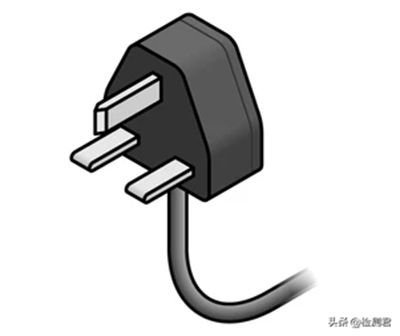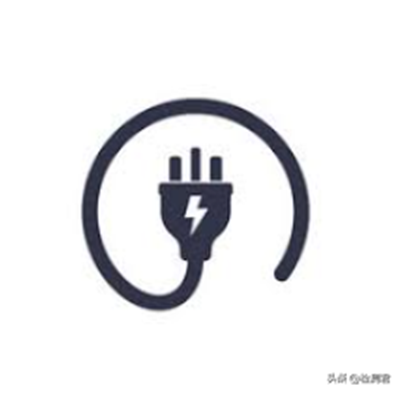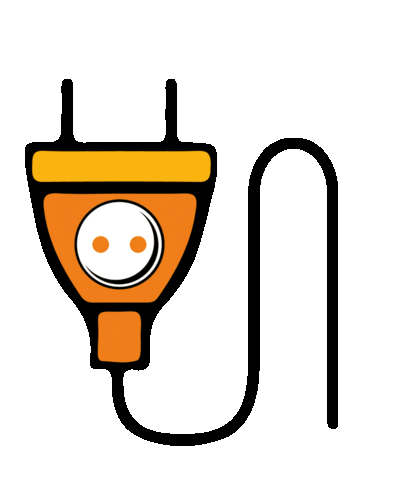LOW VOLTAGE DIRECTIVE




According to the statistics of the EU safety door system (EU RAPEX), in 2020, the EU issued a total of 272 recall notifications that did not comply with the Low Voltage Directive. In 2021, a total of 233 recalls were issued; The products involve USB chargers, power adapters, power strips, outdoor lights, decorative light strips and other electronic and electrical related products. The reason is that the insulation protection of these products is insufficient, consumers may touch live parts and cause electric shock, which does not comply with the Low Voltage Directive and EU standards EN62368 and EN 60598. The Low Voltage Directive has become a high-risk barrier for electrical products to enter the EU.
"Low Voltage Directive" and "Low Voltage"
"Low Voltage Directive" (LVD): Originally formulated in 1973 as Directive 73/23/EEC, the Directive has undergone several revisions and was updated in 2006
to 2006/95/EC in accordance with the EU's legal preparation rules, but the substance remains unchanged. In March 2014, the European Union announced a new version of the Low Voltage Directive 2014/35/EU, which replaced the original 2006/95/EC Directive. The new directive came into effect on April 20, 2016.
The goal of the LVD Directive is to ensure that electrical products sold and manufactured within the European Union are safe for consumers when they work properly or when they fail.“低电压”:
The LVD Directive defines "low voltage" products as electrical equipment with a rated voltage of 50-1000 volts AC or 75-1500 volts DC.
Notice: Electrical products with a voltage lower than 50 volts AC or less than 75 volts DC are governed by the EU General Product Safety Directive (2001/95/EC) and do not fall within the scope of the Low Voltage Directive. Certain commodities such as electrical products in explosive atmospheres, radiological and medical equipment, household plugs and sockets are also not covered by the Low Voltage Directive.
Compared with 2006/95/EC, the main changes of 2014/35/EU:
1. Ensuring easier market access and a higher level of security.
2. Clarified the responsibilities of manufacturers, importers and distributors.
3. Strengthen the traceability and supervision requirements for defective products.
4. It is clear that the manufacturer is obliged to undertake the conformity assessment by itself, and there is no need for a third-party notified body to intervene in the procedure.
Requirements of the LVD Directive
The requirements of the LVD directive can be summarized as 10 safety objectives under 3 conditions:
1. Safety requirements under general conditions: (1) To ensure that the electrical equipment can be used correctly according to the design purpose, and the basic performance should be identified on the equipment or on the accompanying report. (2) The design of electrical equipment and its components shall ensure that they can be installed and connected safely and correctly. (3) If the equipment is used in accordance with its design purpose and properly maintained, its design and production shall ensure that it can meet the hazard protection requirements in the following two situations. 2. Safety protection requirements when the equipment itself generates risks: (1) Adequate protection of persons and livestock from physical injury or other hazards caused by direct or indirect electrical contact. (2) No dangerous temperature, arcing or radiation will be generated. (3) Adequate protection of persons, livestock and property from common non-electrical hazards (such as fire) caused by electrical equipment. (4) Appropriate insulation protection under foreseeable conditions. 3. Requirements for safety protection when the equipment is affected by external influences: (1) Meet the expected mechanical performance requirements and will not endanger people, livestock and property. (2) Resistant to non-mechanical influences under expected environmental conditions so as not to endanger persons, livestock and property. (3) Not endangering persons, livestock and property under foreseeable overloading (overloading).
Coping Tips: Following harmonized standards is an effective way to deal with the LVD Directive. "Harmonized standards" are a class of technical specifications with legal effect, which are formulated by European standards organizations such as CEN (European Committee for Standardization) based on EU requirements, and are regularly published in the Official Journal of the European Union. Many harmonized standards are revised with reference to the IEC standards of the International Electrotechnical Commission. For example, the applicable harmonized standard for USB chargers, EN62368, is transformed from IEC62368. Chapter 3, Section 12 of the LVD Directive clarifies that, as the primary basis for compliance assessment, electrical products that meet the harmonized standards will be directly presumed to meet the safety objectives of the Low Voltage Directive. Products that have not published harmonized standards need to be evaluated with reference to IEC standards or member state standards according to corresponding procedures.
How to apply for CE-LVD certification
According to the LVD Directive, electrical product manufacturers can prepare technical documents, conduct conformity assessments, and draft EU declarations of conformity by themselves, without the involvement of third-party agencies. But applying for CE-LVD certification is usually easier to be recognized by the market and improve the convenience of trade and circulation.
The following procedures are generally followed: 1. Submit application materials to a qualified certification body, such as application documents containing basic information of applicants and products. 2. Submit the product instruction manual and product technical documents (such as circuit design drawings, components list and component certification materials, etc.). 3. The certification body conducts product testing according to relevant standards, and issues a test report after the product has passed the test. 4. The certification body issues the CE-LVD certificate according to the relevant information and test report.
Products that have obtained the CE-LVD certificate need to maintain the consistency of product safety, and cannot arbitrarily change the product structure, function, and key components, and save the corresponding technical data for supervision and inspection.
Other tips: One is to strengthen the dynamic tracking of instructions. Closely track the trends of regulations and harmonized standards such as the EU LVD Directive, keep abreast of the latest technical requirements, and improve production and design in advance. The second is to strengthen product safety checks. For products with harmonized standards, the quality control is given priority to the harmonized standards, and the products without harmonized standards are given priority to refer to IEC standards, and a third-party organization compliance test is carried out when necessary. The third is to strengthen contract risk prevention. The LVD Directive has clear requirements on the responsibilities of manufacturers, importers and distributors.
Post time: Aug-19-2022








